A good part of our work at Babies Project involves talking about developmental movement: what it is and why it’s important. Very often, the topic comes up in our discussions with parents and caregivers who bring their babies (and their questions) to Babies Project:
-
- “Is my baby on track?”
- “Are they behind?”
- “Should we be concerned?”
Developmental movement refers to the way a baby learns to move, from birth to walking. At Babies Project, we believe that a baby’s developmental process takes priority over the speed of their progress*. This means that a baby who isn’t “on track” according to the standardized checklists – sitting by 6 months, crawling by 9 months, walking by 12 months – isn’t necessarily “slow,” “behind” or “delayed.”
In fact, we re-frame “slow” in reference to movement development. “Slow” in this context means that speed is not valued at the expense of everything else. A “slow” approach values quality, diversity, relationship, experience, and resilience over speed, convenience, and standardization. Without pressure to meet deadlines, a baby has a better chance of reaching their full potential without gaps in their development – and their development can be an enjoyable, even joyful, process for everyone. (Like other “slow” movements, such as Slow Food and Slow Learning, it’s a question of values, priorities, and outcomes.)
We use other criteria than an age-based checklist to evaluate and facilitate a baby’s development. We believe that babies learn best when they’re led by their curiosity, and this plays into our first questions:
-
- Does the baby have an underlying foundation of safety and comfort (and if not, how we can support that)?
- Is the baby being asked to do more than they currently have the capacity for?
- Where is the baby in terms of their movement and perceptual skills, and what skills might come next?
- How can we foster their curiosity?
We’re not saying that age-based milestone charts are worthless; they have their uses. They can help pediatricians detect serious motor and neurological delays. And they can convey an overall sense of the progression of skills (e.g., rolling comes before crawling). Our point is that it’s problematic to use the charts as the only indicator of whether a baby is “on track” based on their age.
When we respect a baby’s timing and we value their process, they’ll reach their milestones with more skill, confidence, and an intact sense of agency. There’s tremendous value in a baby finding and exploring all of the developmental movement skills and levels on their way up to walking. This includes rolling, side-lying, belly crawling, hands-and-knees crawling – and the many (many!) intermediate skills between these big movement milestones.
As an example, let’s take the progression from crawling to walking. There’s a rich world to be discovered within crawling that makes it much more than a milestone on the way to walking. A baby who is not pushed, pressured, or hurried to get to walking may spend months crawling on their hands and knees, gaining mastery of this full-body form of locomotion as they explore the world at this level. Their crawling becomes more rhythmic and faster; their stride gets longer and narrower; they’re strengthening and patterning their bones, connective tissue and muscles; they’re fine-tuning their perceptual ability to measure distance, perceive depth, assess risks and handle falls. A baby who is supported in this way may begin walking later than the standard 12-month milestone, but is certainly not “delayed.” And throughout their life, this baby will reap the benefits of being supported in their process.
This “process over speed” approach is relevant for all babies, those on the typically developing spectrum as well as babies with any range of challenges. It’s also how we work with older children and adults – by meeting them where they are, and supporting safety, comfort, and curiosity.
Do these ideas provoke your curiosity or resonate with your own ideas? If so, we invite you to observe one of our by-donation Babies! sessions, bring your baby to a developmental movement session, try one of our developmental movement classes for adults, make a donation, or leave a comment below.
* These ideas are based on the Body-Mind Centering® approach to Infant Developmental Movement Education, originally developed by Bonnie Bainbridge Cohen.
* * *

